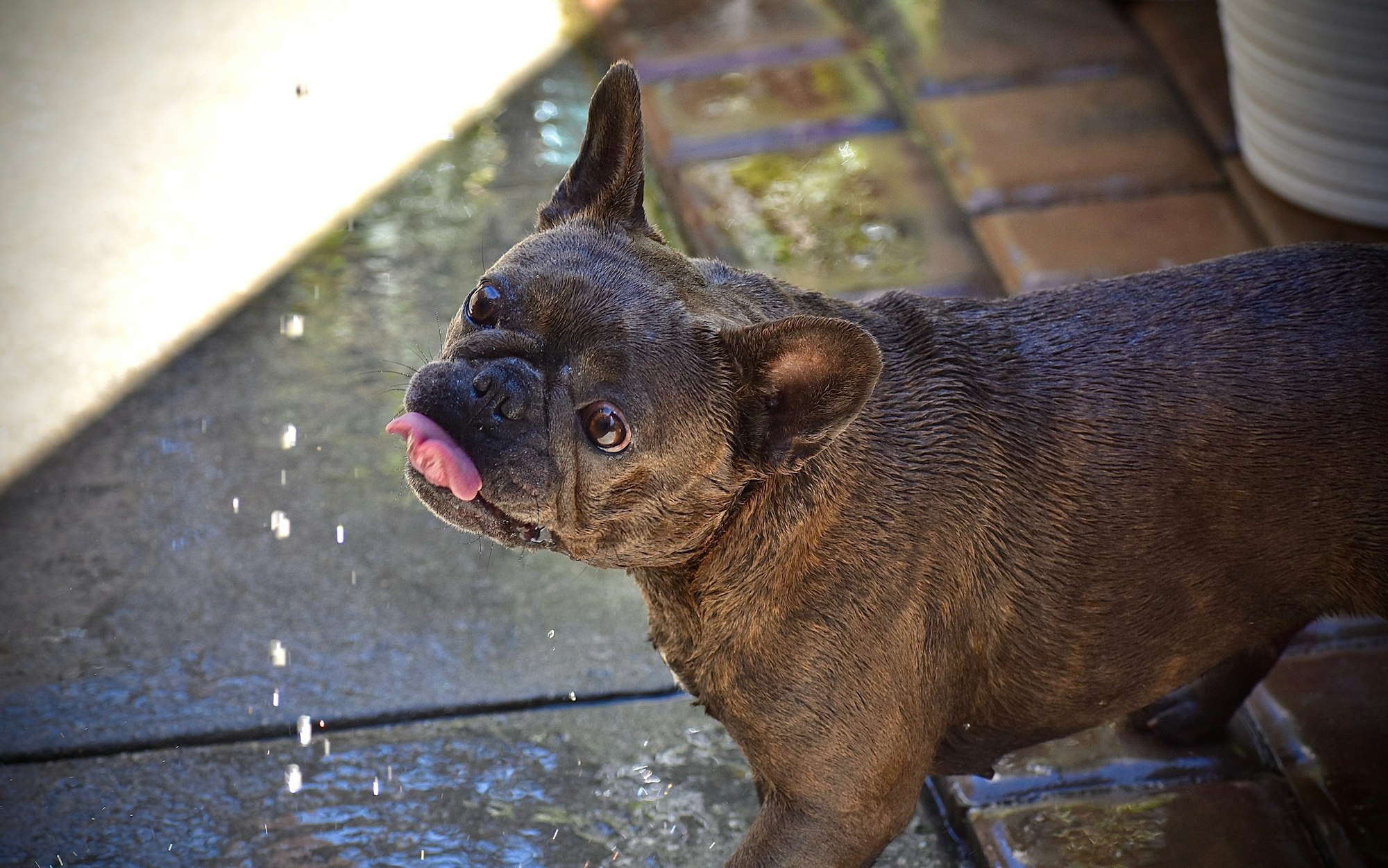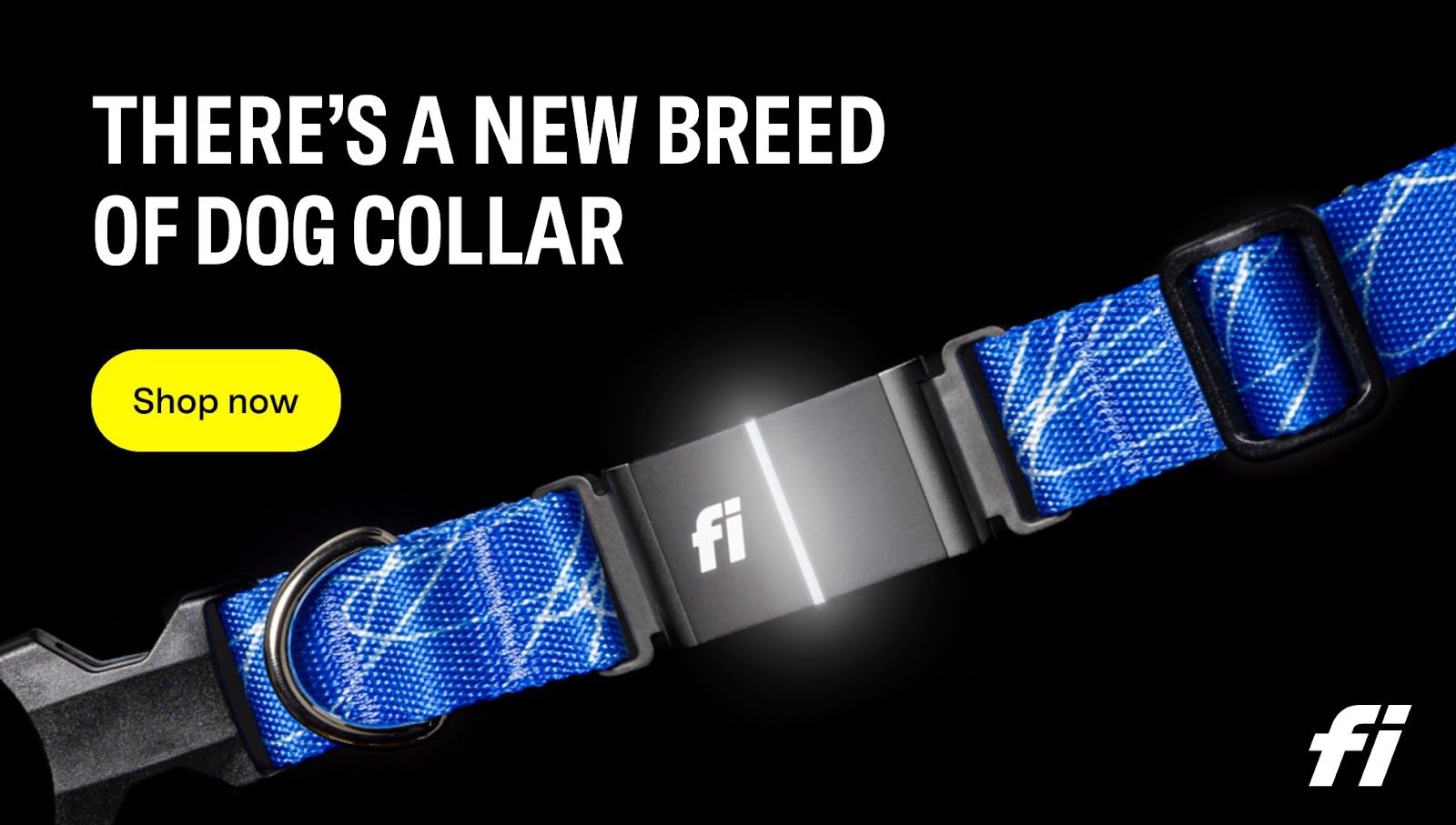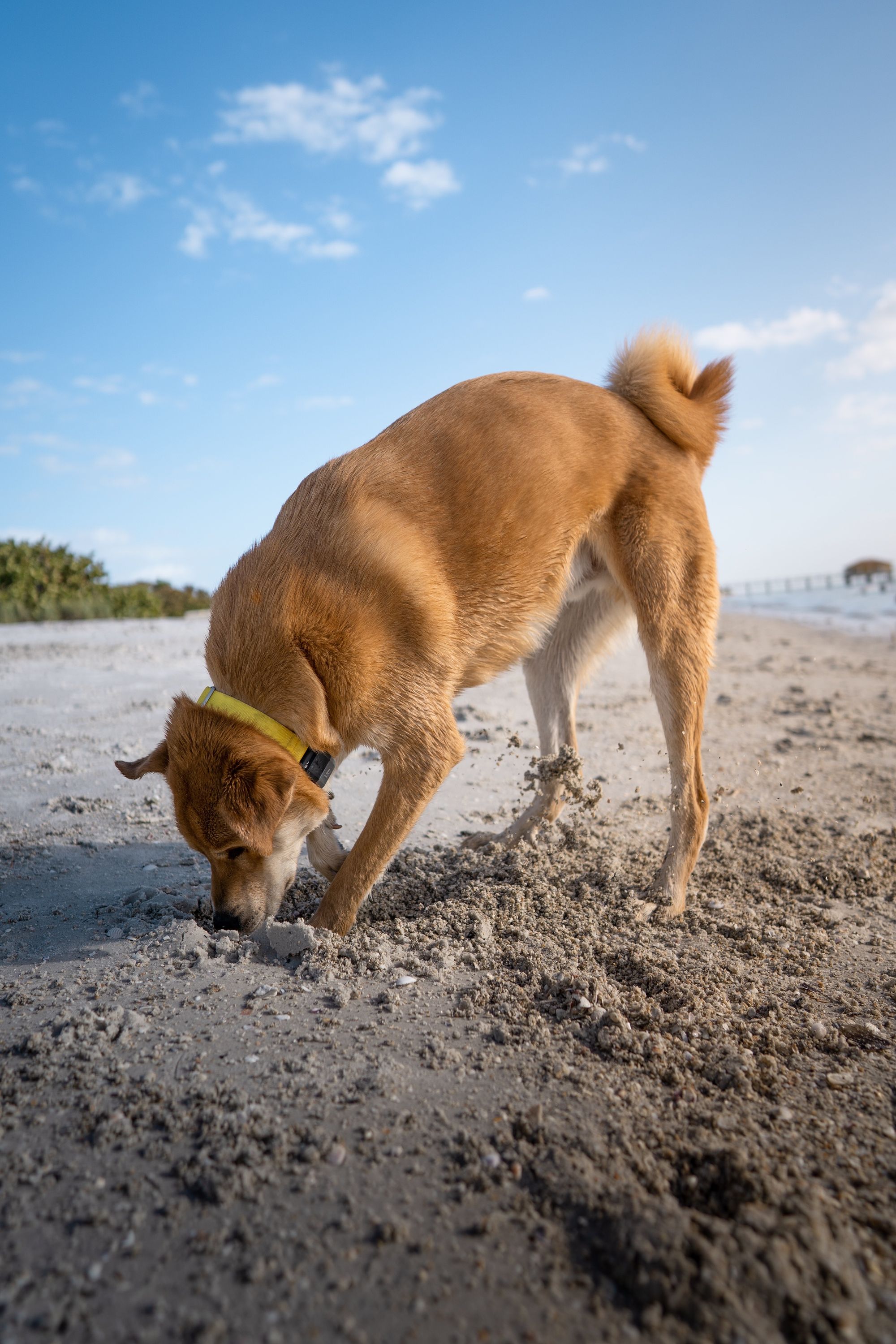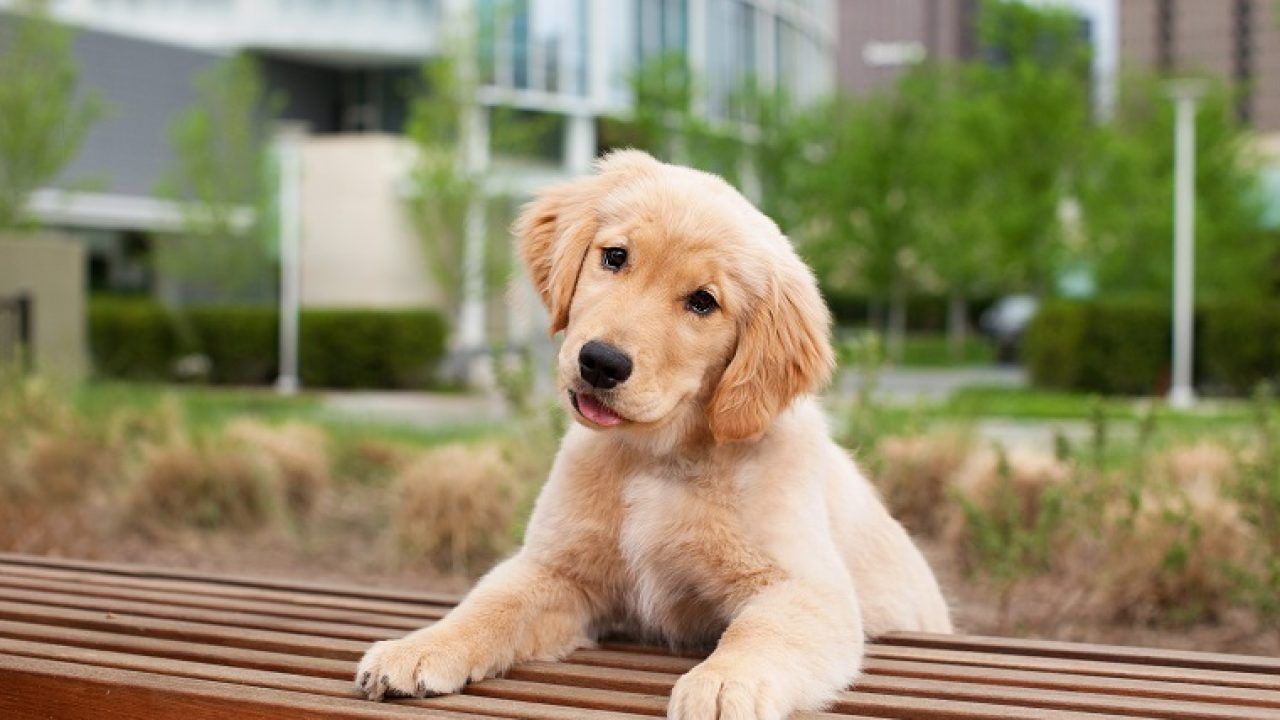Do you ever wonder how your pup effortlessly gets all that water down their throat? You might be surprised to learn that drinking beverages is more complex than humans. Dogs drink water in a unique way that scientists are still trying to understand today. In this blog post, we'll explore the fascinating phenomenon of how dogs manage to take such large gulps and gulp down lots of liquid with ease. With some insight from scientific research, we'll uncover the mysteries behind canines' impressive drinking abilities and discover why they have such an incredibly efficient method for getting fluids into their bodies - you won't believe what's under the surface.

How Dogs Lap Up Water - an Overview of the Process
We will dive into the fascinating science behind how dogs lap up water and how it is connected to their evolution as a species.
- The Anatomy of a Dog's Tongue - A dog's tongue differs from a human's tongue. It is covered in backward-facing barbs called papillae that help them lap up water more efficiently. These papillae create a rough surface that catches water, allowing dogs to scoop up more water with each lap. The shape of a dog's tongue also helps them create a more efficient scoop-like motion, as it forms a cup shape when a dog is lapping up water.

- The Physics of Lapping Up Water - It may seem like dogs are just splashing water around with their tongues, but a lot of physics is involved. When a dog's tongue scoops up water, it creates a column of water lifted up into its mouth. As the water rises, a slight vacuum pulls more water up behind it. This means that a dog is pulling up more water with every scoop than you might think.
- The Importance of Lapping - While we may take drinking water for granted, it is much more challenging for other animals like dogs. Lapping up water allows dogs to drink quickly and efficiently, which is important for their survival in the wild. It also helps them stay hydrated during exercise, which can be especially important for working dogs or dogs that spend much time outdoors.
- The Evolution of Lapping - Researchers believe that the unique way dogs lap up water is connected to their evolution as a species. It is believed that dogs evolved to lap up water to compete with other carnivores for access to limited water sources. Dogs could survive and thrive in different environments by developing a more efficient way of drinking water.
The Unique Anatomy of a Dog's Tongue
Did you know that a dog's tongue is essential for drinking and eating and plays a crucial role in regulating body temperature? Here are some unique facts about a dog's tongue that you might not know. A dog's tongue is covered with tiny bumps called papillae that help grip and hold food while they eat. It also has a unique layer of cells that can detect taste, which is why dogs can have such a strong sense of smell. Dogs also pant to release heat from their bodies, and their tongue plays a crucial role in this process. It helps cool the air before it enters the lungs, making it easier for them to breathe. So next time you see your furry friend panting, remember that their unique anatomy is hard at work trying to keep them cool and comfortable.
A Look Behind a Dog's Drinking Process
Dogs drink water differently from humans. They don't suck water in their mouths. Instead, they use their tongues to scoop up water in a scooping motion. They extend their tongue into a bowl, scoop up water, and quickly retract their tongue into their mouth. This motion requires a complex mechanism of muscles, bones, and nerves.
A dog's tongue is much more than a moist mouth organ. It is a highly flexible and muscular structure composed of various muscles that work together to scoop up water. The tongue has a special channel in the center, creating a vacuum to suck up water. This channel helps to minimize the amount of water lost to spillage. Although, if you own a Bulldog or a Labrador - there is no stopping the spillage. All these coordinated actions of the tongue and jaw muscles enable dogs to drink water efficiently.
The speed at which a dog drinks water also plays a vital role in maintaining their hydration levels. Dogs are known to drink large volumes of water quickly, leading to the risk of choking and other health complications. To avoid choking, they have an epiglottis, a flap of tissue in their throat, which covers the trachea and prevents water from entering their lungs. This safety mechanism, along with the scooping action of the tongue, helps dogs fast-track water intake without the risk of injury.
The way dogs drink water also depends on their breed and size. Large dogs use their tongues as a scoop, while small dogs typically use their tongues to tap water. The breed of a dog also determines its efficiency in drinking water. For instance, Greyhounds have longer tongues and narrower snouts, which makes them more adept at drinking water than other breeds. Understanding these differences can help you choose the right water bowl for your furry friend.
Apart from the anatomy, there are various other factors to consider while providing water to your dog. Always ensure that your dog has access to clean and fresh water. Replace the water in their bowl frequently to prevent bacteria growth. Use wide and shallow bowls if your dog struggles to drink water. Switch to elevated bowls if your dog has joint pain or is prone to bloating.

Different Ways Different Breeds of Dogs Drink Water
If you observe closely, you'll notice that different breeds of dogs have unique ways of drinking water. We'll explore the different ways in which different dog breeds drink water.
- Breeds with Flat Faces: Breeds like French Bulldogs, Pugs, and Boxers have flat faces and hence, have difficulty drinking water. They cannot stick their tongue deep into the water bowl, making it challenging to quench their thirst. So, they usually use their lower jaw, scoop up the water, and throw it to the back of their mouth to swallow. This method of drinking is also known as 'scooping.'
- Breeds with Long Snouts: Dogs with longer snouts, such as Greyhounds, Whippets, and Afghan Hounds, extend their tongue and create a spoon-like shape to scoop up water. They don't have to immerse their entire face into the water bowl as their long snout allows them to drink water easily. Additionally, some breeds, like Bloodhounds and Basset Hounds, have floppy and loose lips, which can collect water as they drink.
- Breeds with Thick Fur: Dogs with thick furs, such as Huskies, Malamutes, and Samoyeds, find it difficult to drink water as it gets trapped in their fur. Hence, they use their paws to splash water onto their face and mouth. Sometimes, they even dig up pools of water so they can drink it easily. This method not only helps them to drink water but also cool down during hot weather.
- Breeds that Love to Play: Some breeds, such as Labradors, Retrievers, and Golden Retrievers, love to play while they drink water. They might splash water with their paws, playfully bite the water, or even dive into the water bowl. Their playful behavior can sometimes make a mess, but watching them have fun is always entertaining.
Tips for Encouraging Your Dog to Stay Hydrated
We'll look at eight tips that can help encourage your dog to stay hydrated.
- Keep the Water Bowl Fresh and Clean: One of the simplest ways to encourage your dog to drink more water is to keep their water bowl clean and fresh. Dirty water bowls can harbor harmful bacteria that can make your dog sick. Wash the bowl with soap and water, rinse it thoroughly, and refill it with fresh water daily.
- Add Flavor to Their Water: Dogs may find plain water boring, but they might be more willing to drink it if you add a little flavor. Add a small amount of sodium free chicken or beef broth to their water bowl. Alternatively, add fresh fruit or a few cucumber slices to their water.
- Use a Water Fountain: Some dogs prefer running water to still water, which is why a water fountain can be handy. Running water also tends to be cooler, which can help encourage your dog to drink more during hot weather.
- Offer Water with Their Meals: Encourage your furry friend to drink more by offering water with their meals. This is a great way to ensure they stay hydrated throughout the day. Avoid giving your dog too much water immediately before or after meals, as this can lead to indigestion.
- Always Bring Water on Walks: Bring water with you whenever you take your dog for a walk, especially on hot summer days. Portable water bottles and collapsible bowls are convenient and easy to carry.
- Freeze Water in Chew Toys: Turn hydration into a game by freezing water in chew toys. Frozen chew toys will encourage your dog to lick and play with the toy while also providing a source of refreshing water.
- Monitor Their Water Intake: Track how much water your dog drinks daily. It may indicate an underlying health issue if you notice they are drinking less than usual. Contact your veterinarian if you are concerned.
- Encourage Regular Exercise: Exercise stimulates thirst, which will help encourage your dog to drink more water. Even moderately active dogs should have plenty of clean drinking water throughout the day.
The Importance of Providing Multiple Drinking Options for Your Pup
As responsible dog owners, we must ensure our furry friends stay hydrated. Just like humans, dogs need access to clean drinking water throughout the day. And while you may have a designated water bowl for your dog, it's important to consider providing multiple drinking options. Here are some ideas - why not invest in a dog-specific water fountain, or keep a bowl of water in different areas of your home and yard? Providing your pup with multiple drinking options ensures they stay hydrated and encourages them to drink more water and prevent dehydration. Remember - a happy, healthy pup is a hydrated one.
Water Intoxication in Dogs
Water intoxication, also known as water poisoning, is a potentially life-threatening condition that can affect dogs. It occurs when a dog ingests an excessive amount of water, leading to an imbalance of electrolytes in their body. While any dog can be at risk, smaller breeds and those with a propensity for high activity levels or obsessive water consumption are more susceptible. Dog owners should be vigilant and aware of the signs of water intoxication to ensure the well-being of their furry companions.
One of the key signs of water intoxication in dogs is excessive drooling or salivation. Dogs affected by this condition may also display symptoms such as nausea, vomiting, and a swollen or distended abdomen. As the condition progresses, more severe symptoms can arise, including loss of coordination, lethargy, confusion, seizures, and even coma.
It is important to ensure that dogs do not excessively drink from pools, lakes, or other bodies of water. If engaging in water activities, frequent breaks should be incorporated to allow the dog to rest and avoid excessive water consumption. Should any signs of water intoxication be observed, immediate veterinary attention should be sought, as prompt intervention can be critical in treating this condition and preventing complications that may endanger the dog's health.
Common Mistakes People Make When it Comes to Their Dog's Water Consumption
Many pet owners may need to learn the correct way to provide water for their pets, leading to common mistakes. Let's discuss the common misconceptions and mistakes pet owners make regarding their dog's water consumption and how to avoid them.
Mistake 1: Limiting Water Intake at Night
Many pet owners limit their dog's water intake at night to avoid accidents or sleep disruption. However, it is not always good for your dog's health. Dogs need access to clean drinking water 24/7, especially during hot weather when they need more water. Instead of limiting water at night, take your dog outside for a potty break before bedtime, and offer water to your dog whenever they get thirsty.
Mistake 2: Using the Wrong Bowl Material
The type of bowl you use for your dog's water can also affect their health. Plastic bowls can harbor bacteria and cause acne, while metal bowls can rust and contaminate the water. The best choice is a ceramic or stainless steel bowl. These materials are easy to clean and do not have any harmful chemicals.
Mistake 3: Lack of Regular Cleaning
Regular cleaning is necessary to keep your dog's bowl clean and hygienic. Wash the bowl with mild soap and warm water daily or every other day, depending on how often you refill the bowl.
Mistake 4: Measuring Water Intake
Some pet owners measure their dog's water intake, thinking it is a way of monitoring their hydration levels. However, it is only sometimes accurate. Many factors affect a dog's water consumption, such as weather, activity level, and health status. Instead of limiting water intake, provide access to water throughout the day and observe your dog's behavior and health

Conclusion
In conclusion, it is amazing how efficiently dogs can drink water. From the way they curl their tongues to capture liquid droplets, the intense concentration and intensity during drinking, and the unique physiology that allows them to take up large quantities of water quickly and swallow without taking a breath, it has become clear why dogs are so much better at drinking than we generally are. Dogs have been blessed with extraordinary evolutionary changes that help them optimize their hydration. Just another one of the many things that make our canine friends so special.

